It’s possible that scientists have finally located the source of the object that killed off the dinosaurs.
A rare type of asteroid collided with Earth, causing the most recent mass extinction on Earth 66 million years ago, researchers claim.
Extinction of Species
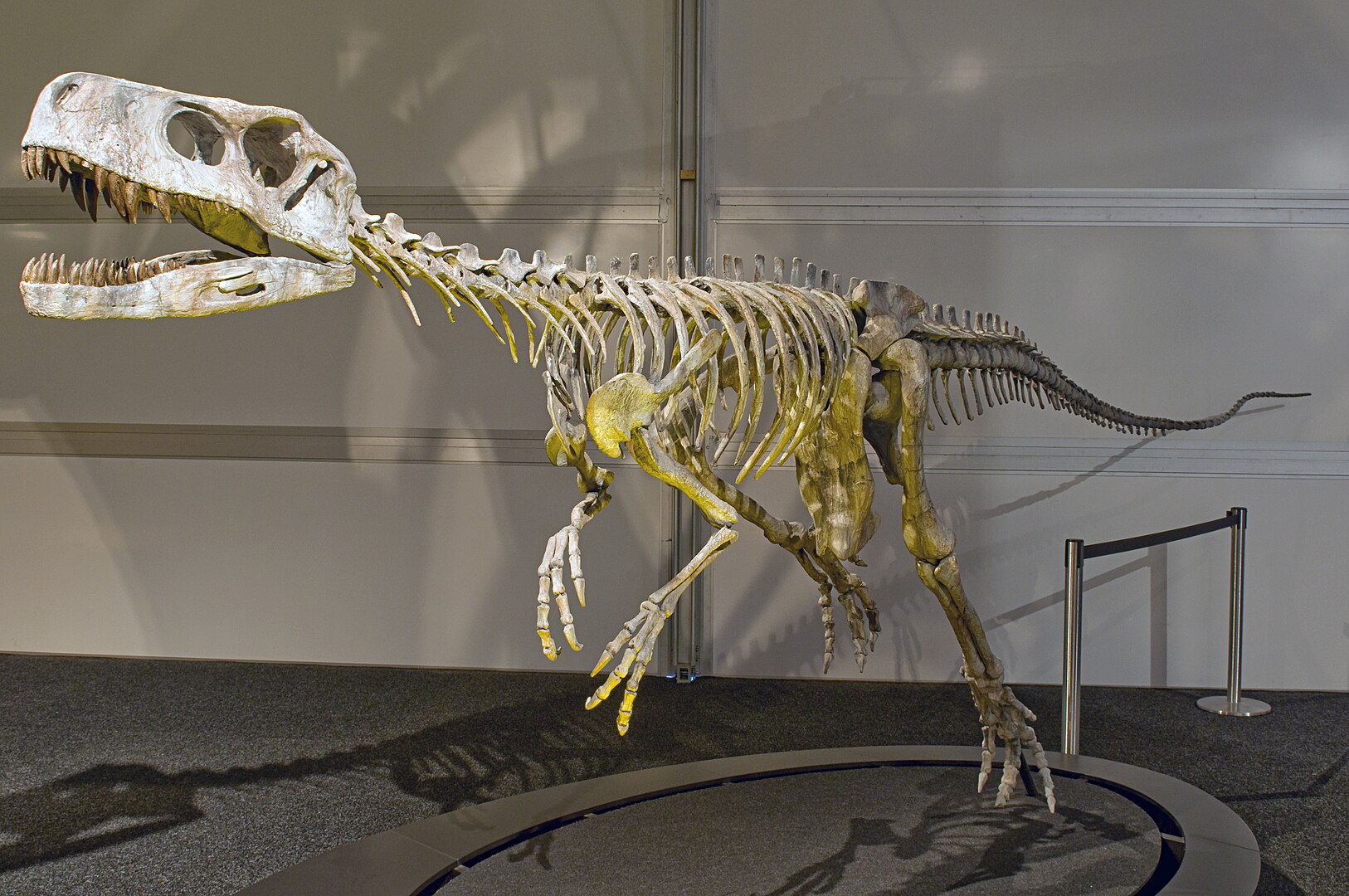
That event resulted in the extinction of approximately 60% of Earth’s species, including all non-avian dinosaurs.
It is thought to have brought about a terrible time in the planet’s history when the planet would have caught fire.
Distant Outer Solar System
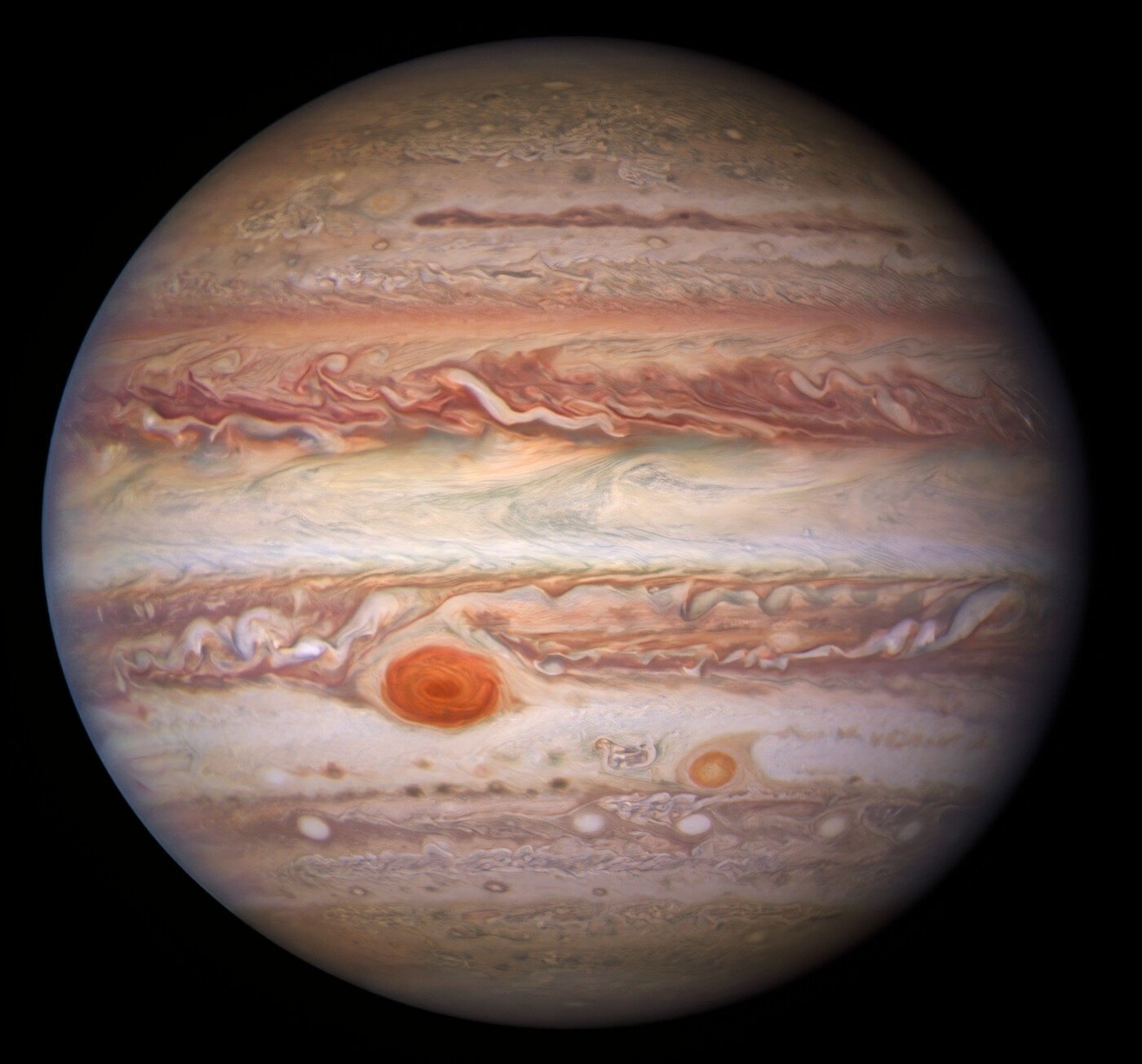
During this period of destruction, the Earth would have been covered in ash, and the climate would have become deadly.
Additionally, it all began beyond Jupiter in the faraway outer solar system.
The Chicxulub Impactor

The Chicxulub impactor formed beyond Jupiter, colliding with Earth to leave the vast crater that bears its name.
Scientists refer to the Chicxulub impactor as a C-type asteroid
Resolving the Debate
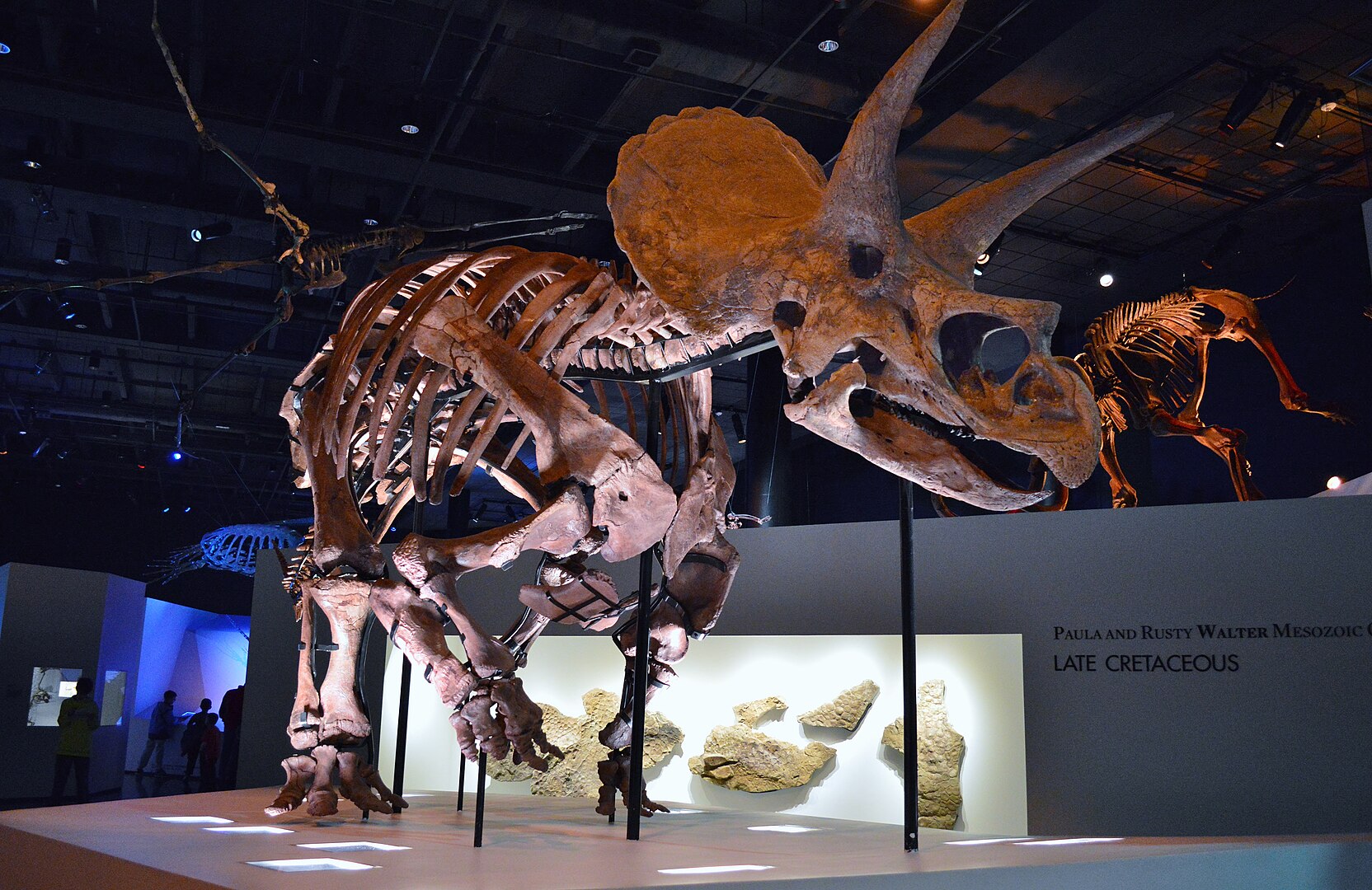
The discovery, according to scientists, should aid in resolving decades-long debates regarding the Earth’s past and the objects that have collided with it.
They looked at samples from around the same time as the mass extinction and came to those conclusions.
Sample Analysis

Scientists analyzed samples between the Cretaceous and Paleogene epochs.
In addition, they looked at samples taken from five other asteroid impacts.
Platinum Group Elements

These other asteroid impacts occurred in the last 541 million years as well as ancient impacts that occurred billions of years ago.
Platinum group elements, or PGEs, like iridium, ruthenium, osmium, rhodium, and palladium tend to be abundant in Earth layers from the same time period.
Wide Dispersion
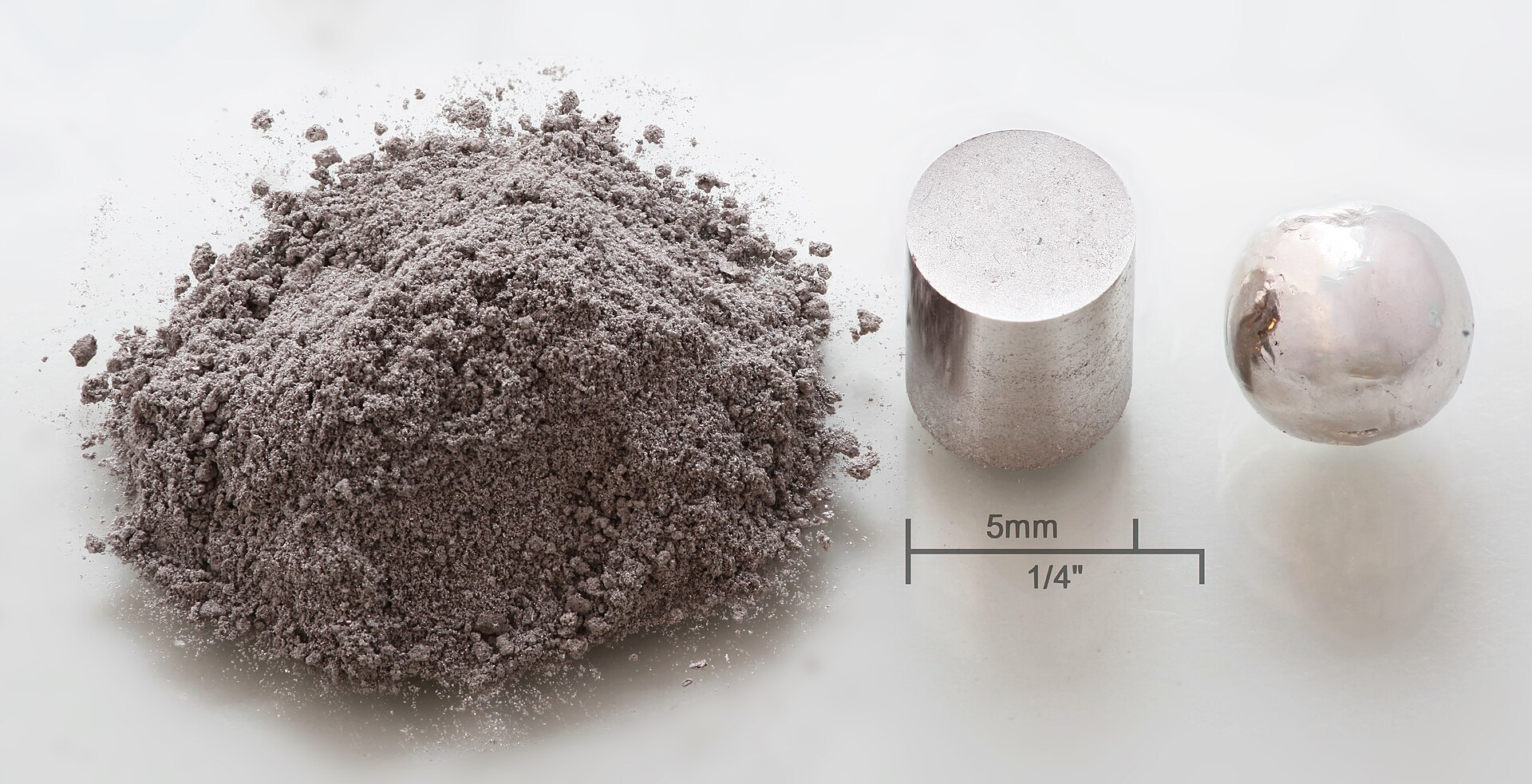
PGEs are commonly found in meteorites but are uncommon on Earth.
Nevertheless, their widespread presence suggests that they were dispersed widely during the collision.
Ru Isotope Signatures
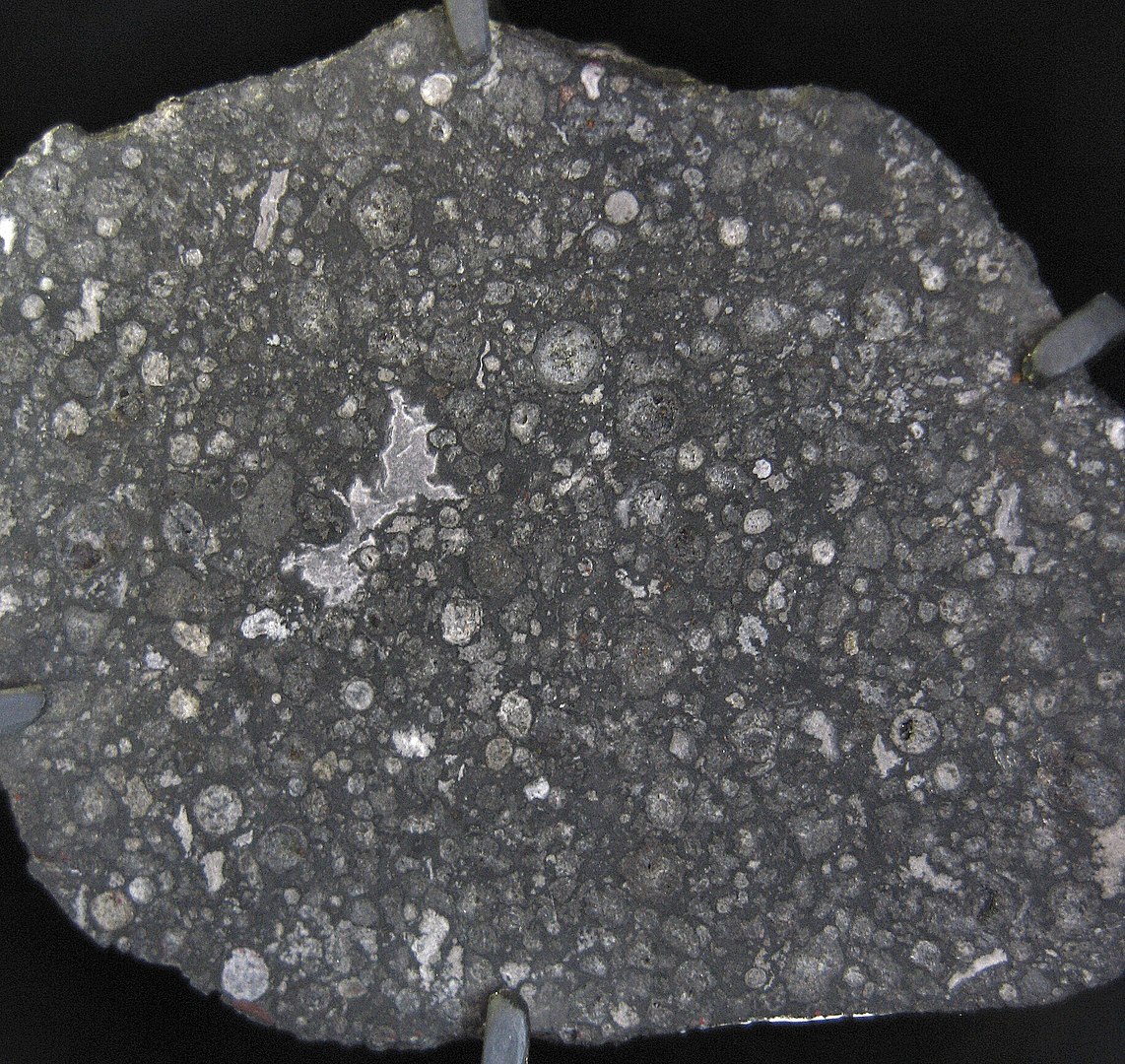
The Ru isotope signatures, which would be a relic of PGEs, were analyzed in the samples by researchers.
They also discovered that the ones taken at the time of the extinction were mostly uniform and appeared to be carbonaceous chondrites, an unusual type of meteorite.
Faraway Formation
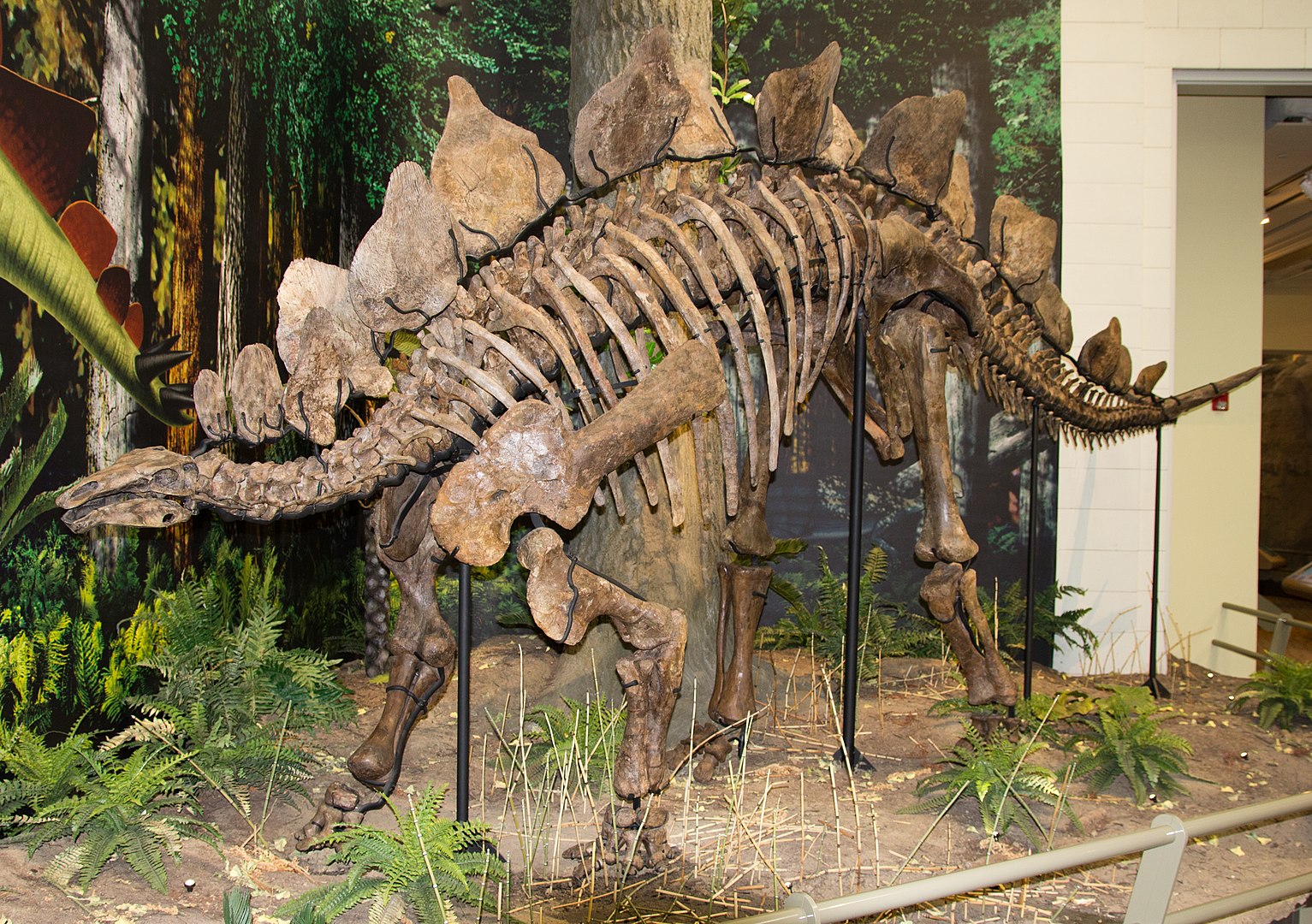
According to the researchers, this further suggests that the Chicxulub impactor did not originate from a comet.
Instead, scientists believe that the Chicxulub impactor formed in the faraway solar system.
Other Insights
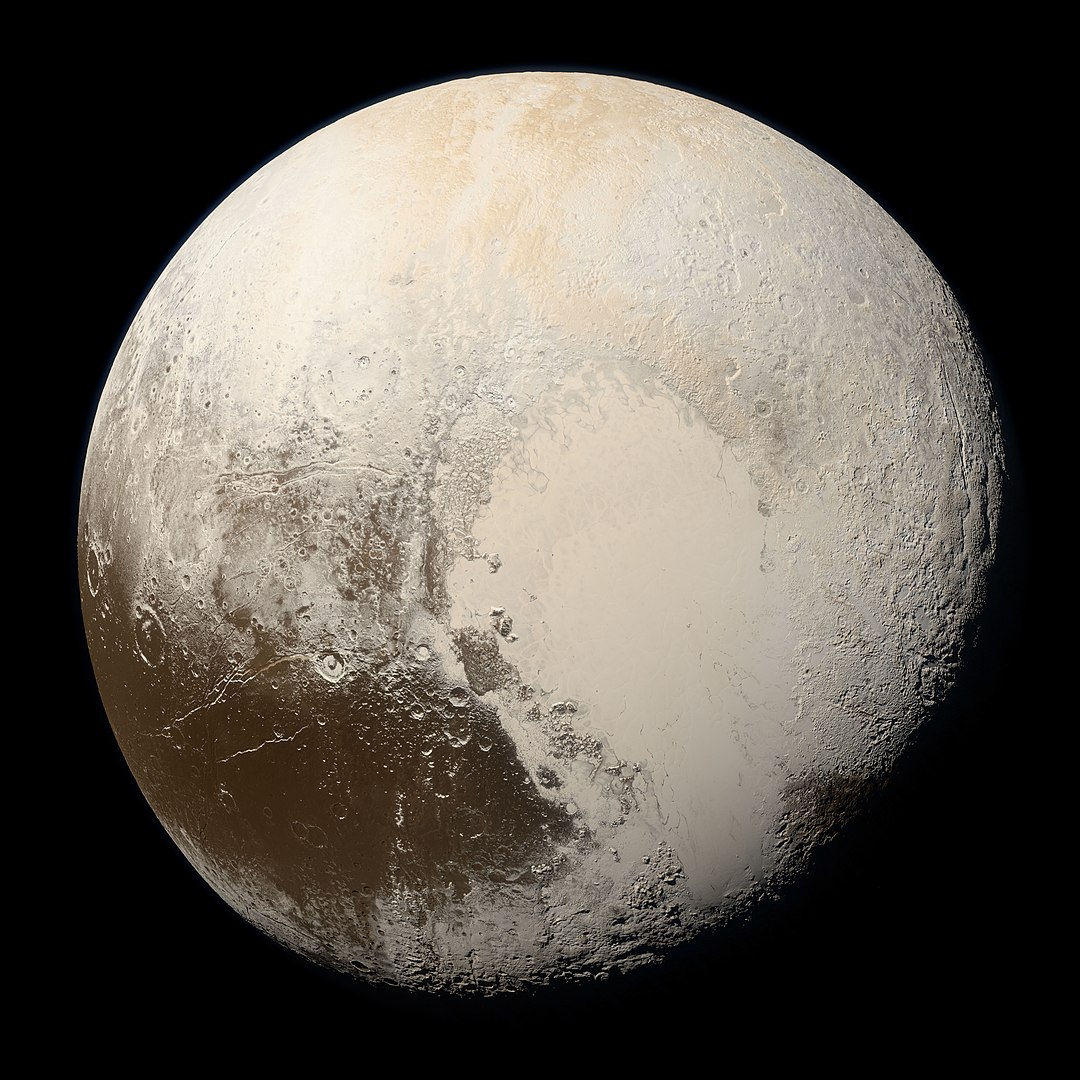
In addition, there were hints of a similar composition in the ancient samples.
This suggests that other objects from the outer solar system struck the Earth as it was forming.
Findings Reported
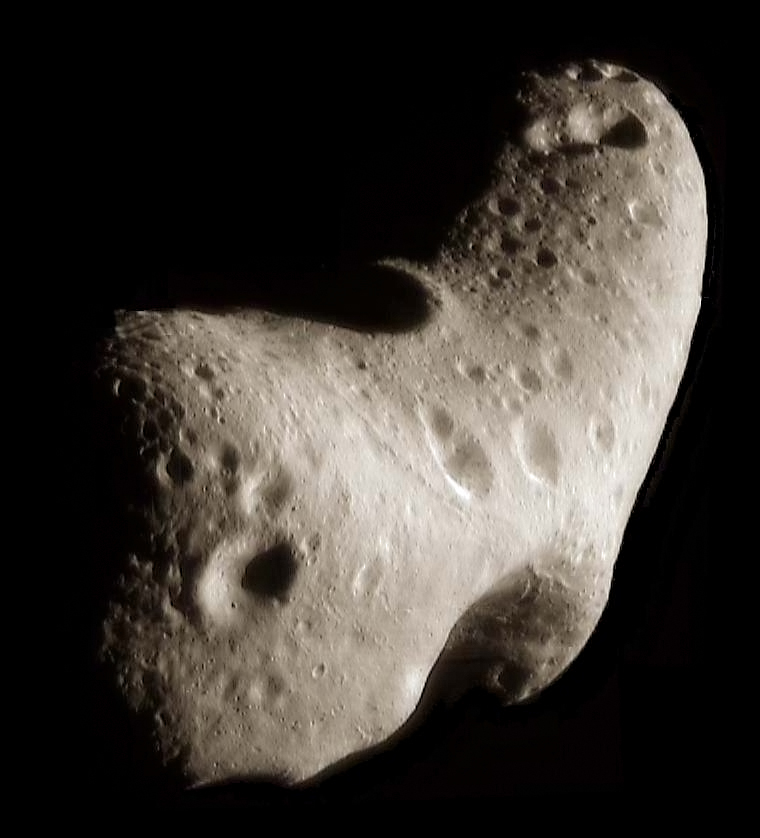
S-type, or salicaceous, asteroids, which form in the inner solar system, appeared to have been the targets of those collisions.
This was discovered through analyzing the other more recent samples.
“Ruthenium isotopes show the Chicxulub impactor was a carbonaceous-type asteroid” is the title of a study published in the scientific journal Science which reported the findings.
